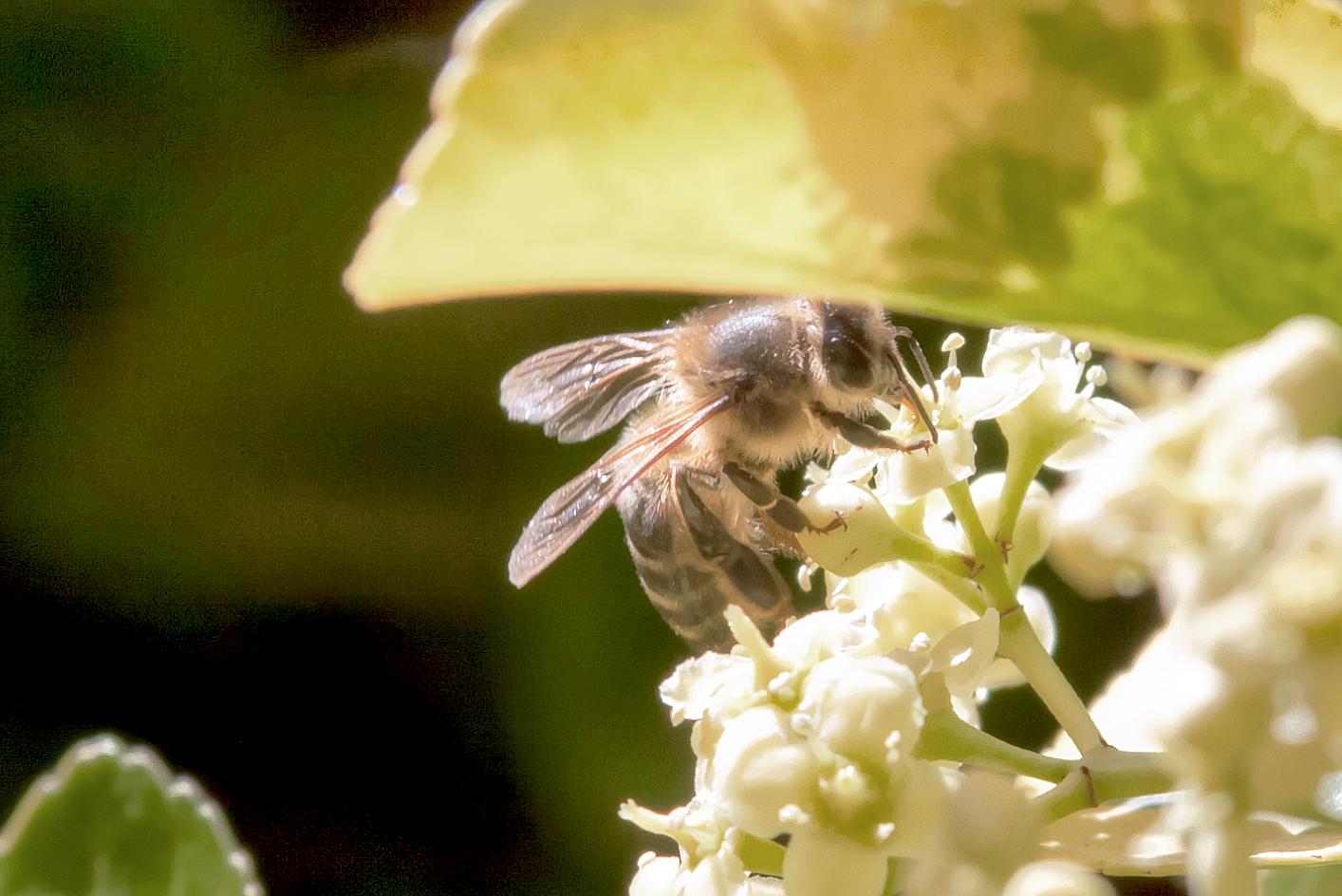It is a Sunday morning. You are sitting on the front porch, sipping from a cup of coffee, and reading the day's paper. You hear a rustle, look up, and see your dog chasing a squirrel away from his nut-burying chores; you chuckle. Ah, the good life!
While it may not be at the forefront of your mind at the moment, the Earth's environment contributed many crucial services to help create that perfect cup of coffee. For instance, carbon from the air was used by the coffee plant to germinate, grow, and develop. Also, the coffee plant used water and nitrogen from the soil and the assistance of pollination by bees to ultimately produce the beans for your piping hot cup of coffee. So, what exactly are all these services we get from the natural world that surrounds us, why do we need them, and how much are they worth?
What are these Ecosystem Services?
The term ‘ecosystem services', popularized in the 2000s, is defined as the benefits that people obtain from ecosystems (i.e. communities of living organisms in conjunction with the nonliving components of their environment). Ecosystem services include all of the natural resources, such as water, food, and fuels, as well as the processes that supply and maintain those resources that we depend upon and enjoy. While the term is relatively new, we have long recognized that we are intimately linked with our natural environments. The recognition of more complex services can be found as early as 400 BCE by Plato, who saw that deforestation led to soil erosion and the drying of springs.
What do these services do for me?
There are four broad categories of services: provisioning, regulating, supporting, and cultural . To better understand these, let's look at how each goes into making that cup of coffee:
Provisioning services are probably the most well-known of the four. They are the raw materials that the coffee plant collects, such as energy from the sun, carbon dioxide from the air, and water and nitrogen from the soil. It then uses these materials to carry out its life processes of growing, reproducing, and creating a coffee bean.
That being said, these raw materials are not just spontaneously generated in the environment – they are produced or recycled from other processes or organisms. This is where the regulating services come in. Regulating services include the exhalation of carbon dioxide by animals, the cleansing of contaminated water by other plants, the recycling of nitrogen from decaying organisms by decomposers (i.e. organisms that break down dead or decaying organisms), and the fertilization of flowers by pollinating bees and butterflies that allows the development of the coffee bean.

However, these processes also tend to depend on healthy and fully-functioning ecosystems. Therefore, supporting services are ecosystem services that include pristine habitats and genetic diversity (i.e. the number of different versions – called alleles – of a gene there is in a population) so that ‘regulating' plants and animals can thrive and provide the materials that are utilized by the coffee plant. For example, in one study, coffee yields increased by about 20% when plants were located within 1 km of a forest, which may be providing habitat that the bees use to make pollination—and thus coffee bean production—more efficient.
The last category, cultural services, are those services which may not be so obvious, and are certainly less tangible, although they are no less important. They include money-making activities provided by ecosystems, such as ecotourism (i.e. tourism directed at natural environments), that sense of awe one feels when experiencing the natural world on a hike, and the added enjoyment of being able to sip from a cup of coffee on that perfect morning.
So, how much are these services worth exactly?
Putting a dollar amount on ecosystem services is an arduous and often controversial task. For example, how much exactly is a beautiful mountain vista worth to someone who wants to develop it? Also, it is easy to double count services (e.g. formulating a value for clean water but also formulating and aggregating the values of the services that produce that clean water).
How much exactly is a beautiful mountain vista worth to someone who wants to develop it?
However, figuring out dollar amounts is becoming increasingly important as natural resources continue to be depleted and policy makers look for the most efficient ways to conserve them. The determination of monetary values of ecosystem services by ecologists and economists allows for a simpler system to conserve the environment.
So, how much is that coffee worth? In 2011, the global coffee market was worth almost $71 billion. Even focusing on just one ecosystem service, pollination, bees increase plant yields by 50% in comparison to only wind-pollinated plants, providing a huge chunk of that market. Definitely something to ponder as you take your next sip.
About the Author
 A transplant from Virginia (Hoos!), Greg Evans is a graduate student in the Plant Biology department at the University of Georgia studying herbicide and herbivory defenses in morning glories. When he's not tangled up in weeds, Greg enjoys Ultimate Frisbee, bowling, and board games. He can be reached at gevans@uga.edu. A transplant from Virginia (Hoos!), Greg Evans is a graduate student in the Plant Biology department at the University of Georgia studying herbicide and herbivory defenses in morning glories. When he's not tangled up in weeds, Greg enjoys Ultimate Frisbee, bowling, and board games. He can be reached at gevans@uga.edu. |
About the Author
- athenssciencecafehttps://athensscienceobserver.com/author/athenssciencecafe/April 17, 2020
- athenssciencecafehttps://athensscienceobserver.com/author/athenssciencecafe/April 12, 2020
- athenssciencecafehttps://athensscienceobserver.com/author/athenssciencecafe/April 3, 2020
- athenssciencecafehttps://athensscienceobserver.com/author/athenssciencecafe/March 30, 2020







